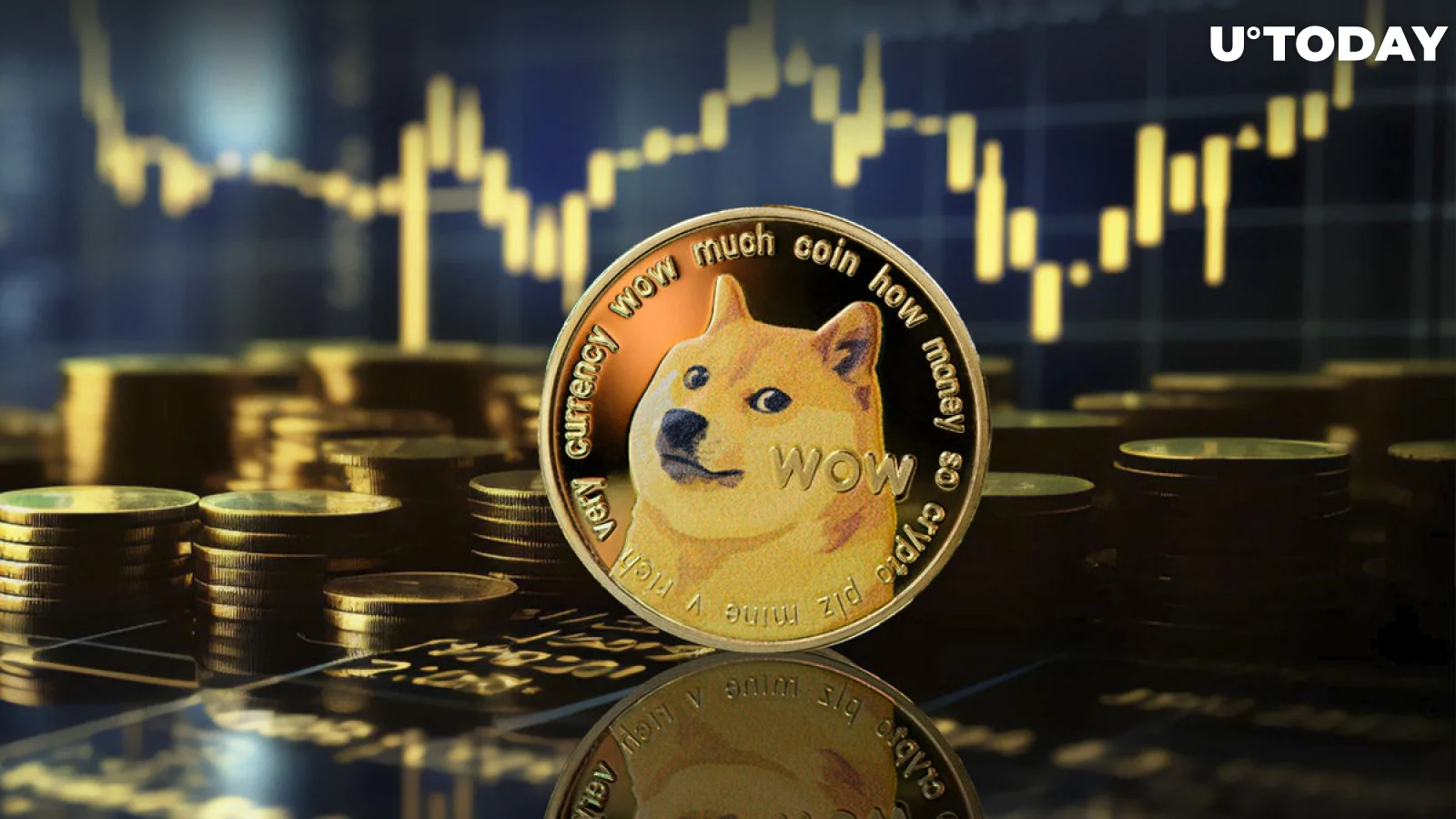
Traders and experts are closely monitoring a potentially significant technical development for Dogecoin price as it navigates the present uncertainties: a moving average crossing on its weekly chart.
Whether a crossing is a golden cross or a death cross—a bearish signal—depends on its characteristics.
When a shorter-term moving average, like the 50-day moving average, crosses over a longer-term moving average, like the 200-day moving average, it’s known as a golden cross. It is common to take this bullish signal as a strong indication of rising momentum and future price increases.
Although they can appear on different time scales, weekly golden crosses are especially important since they represent longer-term trends and investor mood.

The 50-week SMA for Dogecoin is climbing northward and is probably going to cross over the 200-week SMA. This might lead to the creation of a golden cross in the upcoming weeks. Although traders may need to keep an eye out for the crossing’s characteristics to confirm the presence of a golden cross, expectations are set.
Dogecoin has had several highs and lows on its path to this upcoming crossing. The currency with a dog motif has demonstrated endurance after declining steadily since May 6 from highs of about $0.168, finding support at approximately $0.142.
As of this writing, Dogecoin was down 4.68% to $0.144 over the previous day due to selling pressure on the cryptocurrency market.
Implications of potential golden cross
Early in January 2021, Dogecoin had its last weekly golden cross, which led to an incredible 7,996% price surge over the next four months. Later, on May 8, 2021, Dogecoin reached an all-time high of $0.737.
The possibility of another golden cross has undoubtedly piqued the interest of the DOGE community, even if previous performance does not guarantee future outcomes.
The golden cross is a signal that traders should keep a careful eye on since it may herald the start of a fresh rally. These indicators should be used cautiously, too, as they can produce misleading signals that trap traders on the wrong side of the market.


















